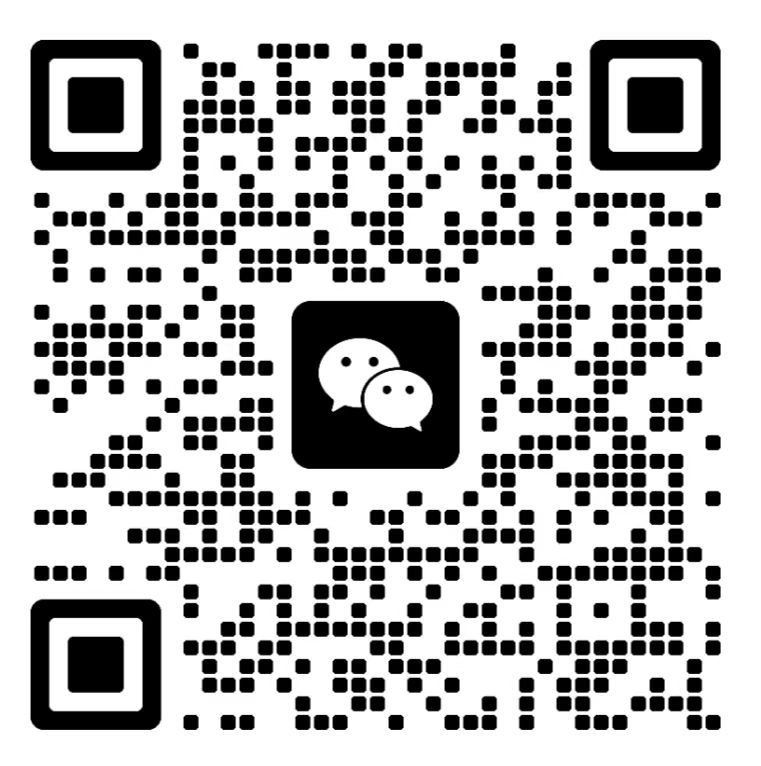一、一些原义并无否定意思的形容词和其它的词搭配,有时可译成否定句。
1.These goods are in short supply.
这些货物供应不足。
2. This equation is far from being complicated.
这个方程一定也不复杂。
二、有时可将英语的“形容词+名词短语”译成汉语的主谓结构
1. She spoke in a high voice.
她讲话声音很尖。
2. This engine develops a high torque.
这台发动机产生的转矩很大。
三、如果一个名词前有几个形容词修饰,英译时应根据汉语习惯决定其顺序。
1. a large brick conference hall
一个用砖砌的大会议厅。
2. a plastic garden chair
一把在花园里用的塑料椅子。
四、为了使译文自然流畅,读起来顺口,在一些形容词前可根据上下文内容加上副词“很”、“最”等字。
1. It was as pleasant a ay as I have ever spent.
这是我度过最愉快的一天。
2. It is easy to compress a gas.气体很容易压缩。
五、英语中一些表示知觉、情感、欲望等心理状态的形容词,同连系动词构成复合谓语时,翻译时可将形容词译成动词。
1. You are ignorant of the duties you undertake in marrying.
你完全不懂你在婚姻方面承担的责任。
2. Such criticisms have become familiar in his later commentaries on America.
类似的批评在他后来写的评论美国的文章中屡见不鲜。
3. He is truly sorry for his past, and he has undertaken to give up motorcars entirely and for ever.
他诚恳地忏悔过去,并保证永远不再玩汽车。
六、由于语言习惯不同,英语里的形容词有时译成汉语副词。
1. I am going to be good and sweet and kind to every body.
我要对每一个人都亲切、温顺、和善。
2. He asked me for a full account of myself and family.
他详尽地问起我自己和我家里的情况。
北京英语翻译公司-专业更值得您信赖!-海历阳光翻译
